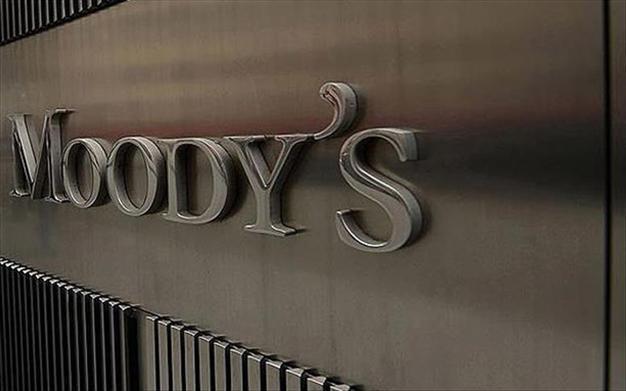Moody’s cuts growth forecast for Turkey in G-20 revision
NEW YORK - Anadolu Agency
 Moody’s Investor Service has revised its growth forecasts for the G-20 for 2016 and 2017, lowering the projection for Turkey to 3.2 percent for 2016 and 2.9 percent for 2017 due to the “detrimental impact of heightened political risks on investment.”
Moody’s Investor Service has revised its growth forecasts for the G-20 for 2016 and 2017, lowering the projection for Turkey to 3.2 percent for 2016 and 2.9 percent for 2017 due to the “detrimental impact of heightened political risks on investment.” The agency had forecast in February that Turkey would grow at 3.5 percent this year and the next.
On a positive note, Moody’s said a “hike in minimum wages, the positive term-of-trade from low oil prices, and demand from 2 million-plus refugees living in Turkey, have all contributed to robust consumption growth.
The agency pointed to “faster easing of the contractions” in the Russian and Brazilian economies and “somewhat higher growth” in China.
“Driven by significant fiscal and monetary policy support,” Moody’s said it now anticipates China’s economy to grow by 6.6 percent in 2016 and 6.3 percent in 2017, up from previous expectations of 6.3 percent and 6.1 percent, respectively.
In addition, the agency noted that it forecast G-20 advanced economies to grow at 1.6 percent this year and 1.9 percent in 2017, from 1.9 percent last year.
Japan’s growth rate was revised to 0.7 percent in 2016 and 0.9 percent next year, from 0.4 percent previously for both years as the ratings agency emphasized the positive impact of “fiscal stimulus and expectations of further monetary policy easing” on the country’s economy.
The U.S. growth forecast was lowered for this year, to 1.7 percent, from the previous 2 percent, as Moody’s stressed “lower advanced estimates of second quarter growth.”
American GDP increased at an annual rate of 1.2 percent in the second quarter, according to the Commerce Department.
In the U.K., Moody’s expects “limited Brexit-related spillovers to the euro area” and set projection there at 1.5 percent for 2016 and 1.2 percent for 2017.
The agency maintained its forecast for the euro area at 1.5 percent and 1.3 percent for this year and the next, respectively.
















